Antiques restoration is the art of repairing and rejuvenating old and antique objects to their former glory. It requires a careful blend of historical accuracy, attention to detail, and technical expertise. Whether it’s a delicate porcelain figurine or a grand, ornate piece of furniture, antiques restoration allows us to preserve and appreciate the beauty and craftsmanship of the past. From rusty to radiant, the transformative power of antiques restoration is truly amazing. In this article, we will delve into the process and considerations of antiques restoration, as well as explore the career opportunities and case studies of successful restoration projects. So, join us on a journey through the fascinating world of antiques restoration, as we bring old treasures back to life and celebrate the beauty of the past
Definition of antiques restoration
Antiques restoration is the process of repairing and rejuvenating old and antique objects to their original or near-original condition. It involves a range of techniques, including cleaning, repairing, refinishing, and preserving, to restore the antique to its former beauty and functionality. Antiques restoration can be applied to a wide range of objects, including furniture, ceramics, glassware, artwork, and collectibles. The goal of antiques restoration is to preserve the historical and cultural significance of the antique, while also making it functional and aesthetically pleasing. It requires a combination of technical expertise, attention to detail, and an appreciation for the history and craftsmanship of the antique.
The importance of preserving and restoring antiques
Antiques are more than just old objects – they are pieces of history that provide a glimpse into the past and offer a sense of cultural and personal connection. Preserving and restoring antiques helps to keep this history alive and ensures that these treasures are not lost to future generations.
There are several reasons why preserving and restoring antiques is important:
- Cultural heritage: Antiques are a valuable part of our cultural heritage and provide a unique window into the past. Preserving and restoring antiques helps to protect and preserve these cultural treasures for future generations.
- Historical accuracy: Antiques often have significant historical value, and preserving and restoring them helps to maintain their authenticity and historical accuracy. This is especially important for museums and historical societies that rely on antiques to tell the story of the past.
- Aesthetic value: Antiques often have a unique beauty and charm that can’t be found in newer items. Preserving and restoring antiques helps to maintain their aesthetic value and allows us to continue to enjoy their beauty and craftsmanship.
- Personal connection: Many people have a personal connection to antiques, whether it’s a family heirloom or a sentimental piece that holds special meaning. Preserving and restoring antiques helps to maintain these personal connections and allows us to continue to treasure and enjoy these special items.
Overall, preserving and restoring antiques is an important way to protect and celebrate our cultural and personal history. It helps to keep the past alive and allows us to continue to appreciate the beauty and craftsmanship of these unique treasures.
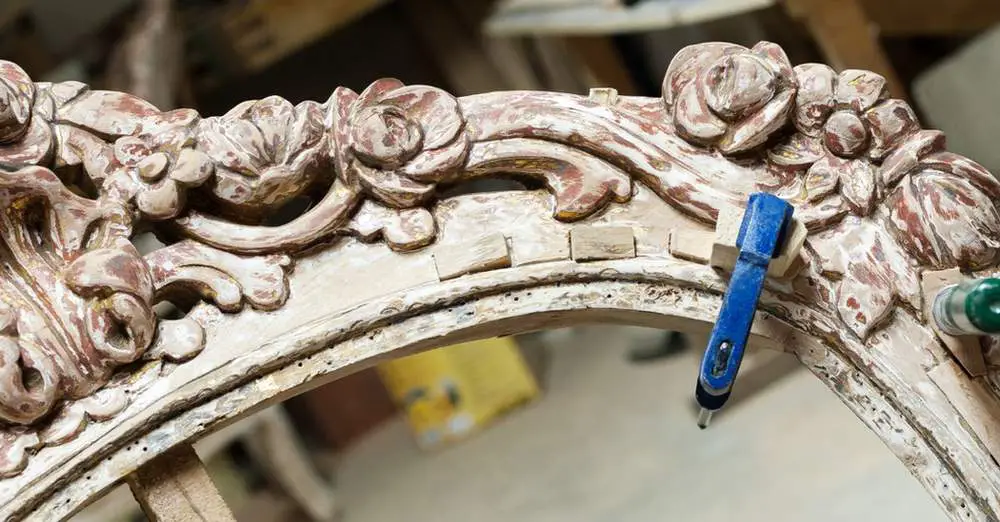
The appeal of bringing old objects back to their former glory
There is something inherently appealing about bringing old objects back to their former glory. Whether it’s the sense of accomplishment or the feeling of reconnecting with the past, the process of antiques restoration can be incredibly rewarding.
One of the main appeals of antiques restoration is the sense of accomplishment that comes with taking something that is damaged or worn and turning it into something beautiful once again. The process of repairing, cleaning, and refinishing an antique requires a great deal of skill, attention to detail, and patience, and the end result is a tangible representation of these efforts.
Another appeal of antiques restoration is the opportunity to reconnect with the past. Antiques are often imbued with a sense of history and nostalgia, and restoring them can be a way to preserve and honor this connection. Whether it’s a family heirloom or a rare and valuable antique, the process of restoring an old object can help us to feel more connected to our own history and to the stories and traditions of the past.
Finally, the appeal of antiques restoration lies in the ability to bring beauty and character back to old objects. Antiques often have a unique charm and beauty that can’t be found in newer items, and restoring them helps to bring out this natural beauty and character. Whether it’s a piece of furniture, a collectible, or a work of art, the process of antiques restoration allows us to appreciate and celebrate the craftsmanship and artistry of the past.
Overall, the appeal of antiques restoration lies in the opportunity to bring old objects back to life, to celebrate the beauty and craftsmanship of the past, and to reconnect with our own history and cultural heritage. So, it is a very rewarding and fulfilling process.
The process of antiques restoration
Antiques restoration is the process of repairing and rejuvenating old and antique objects to their original or near-original condition. It involves a range of techniques, including cleaning, repairing, refinishing, and preserving, to restore the antique to its former beauty and functionality. The process of antiques restoration requires a combination of technical expertise, attention to detail, and an appreciation for the history and craftsmanship of the antique. It may involve researching the history and background of the antique, sourcing materials and tools, and developing a detailed plan of action. The end result of antiques restoration is a restored antique that is both functional and aesthetically pleasing, and helps to preserve the cultural and historical significance of the antique.
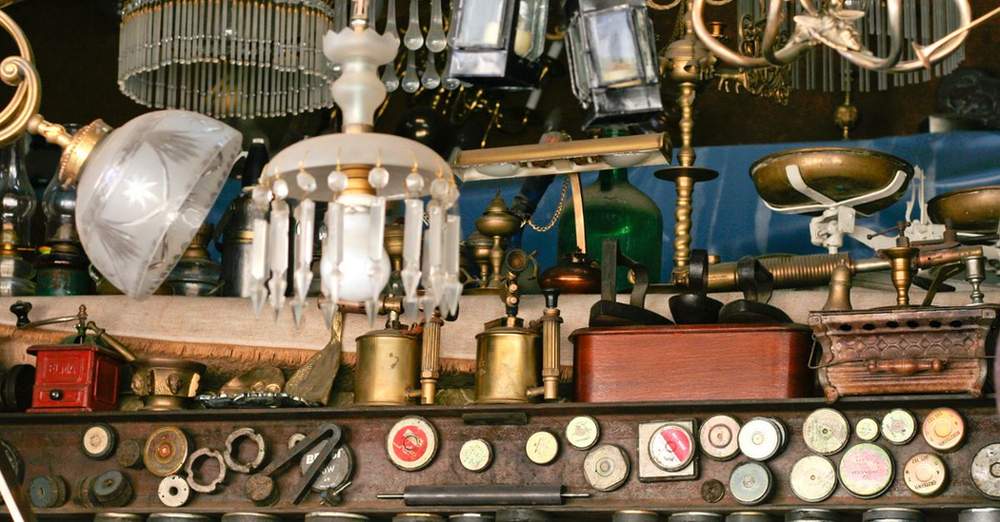
Assessing the condition of the antique
Assessing the condition of an antique is an important first step in the antiques restoration process. It involves identifying any damage or wear and tear, as well as determining the best course of action for repair.
To assess the condition of an antique, it is helpful to examine the item carefully and take note of any visible damage or wear. This may include cracks, chips, scratches, dents, or other types of damage. It is also important to consider the overall condition of the antique, including its structural integrity, finish, and any other features or details.
In addition to visual inspection, it may also be helpful to consult with an expert or refer to historical documents or research to better understand the background and history of the antique. This can provide valuable context and help to inform the restoration process.
Once the condition of the antique has been assessed, the next step is to plan the restoration process. This may involve developing a detailed plan of action and sourcing the necessary materials and tools. With a clear understanding of the condition of the antique and a well-thought-out plan, the restoration process can begin with confidence and a sense of direction.
Planning the restoration process
Planning the restoration process is an important step in the antiques restoration process. It involves developing a detailed plan of action and sourcing the necessary materials and tools to repair and rejuvenate the antique to its original or near-original condition.
There are several factors to consider when planning the restoration process for an antique:
- Research: It is helpful to research the history and background of the antique to gain a better understanding of its value and significance. This may involve consulting with experts, referring to historical documents or research, and considering the style and period of the antique.
- Damage assessment: Assessing the condition of the antique is an important first step in the restoration process. Identifying any damage or wear and tear, as well as determining the best course of action for repair, will help to inform the restoration plan.
- Materials and tools: Sourcing the necessary materials and tools for the restoration process is an important consideration. This may involve purchasing specialized equipment or supplies, or working with a trusted restoration professional who has access to the necessary resources.
- Time and cost: Estimating the time and cost of the restoration process is also important. This may involve considering the complexity of the repairs, the availability of materials and tools, and any other factors that could impact the cost and duration of the project.
Overall, planning the restoration process requires careful consideration and attention to detail. With a clear plan in place, the restoration process can proceed with confidence and a sense of direction.
Cleaning and repairing the antique
Cleaning and repairing the antique are two important steps in the antiques restoration process. Cleaning helps to remove dirt, grime, and other contaminants that can affect the appearance and condition of the antique, while repairing involves fixing structural damage and restoring the antique to its original or near-original condition.
Cleaning an antique may involve using specialized cleaning solutions or techniques, such as steam cleaning or ultrasonic cleaning. It is important to use the appropriate cleaning method for the specific type of antique, as some materials may be more sensitive to certain cleaning methods.
Repairing an antique often involves fixing structural damage, such as cracks or broken pieces. This may require the use of specialized tools and techniques, such as woodworking, metalworking, or ceramic repair. It is important to use the appropriate repair method for the specific type of antique, as some materials may be more delicate and require more gentle handling.
Overall, cleaning and repairing the antique are important steps in the restoration process. They help to restore the antique to its original or near-original condition and ensure that it is functional and aesthetically pleasing.

Refinishing and polishing the antique
Refinishing and polishing the antique are two important steps in the antiques restoration process that help to restore the surface of the antique and bring out its natural beauty and character.
Refinishing involves restoring the finish of the antique, such as its wood, metal, or ceramic finish. This may involve sanding, staining, and polishing to bring out the natural beauty of the material. It is important to use the appropriate refinishing method for the specific type of antique, as some materials may be more delicate and require more gentle handling.
Polishing the antique helps to bring out its shine and luster, and can be accomplished using a variety of methods and products, such as polishing cloths, waxes, or specialized polishes. It is important to use the appropriate polishing method for the specific type of antique, as some materials may be more delicate and require more gentle handling.
Overall, refinishing and polishing the antique are important steps in the restoration process that help to restore the surface of the antique and bring out its natural beauty and character. They are an important part of the process of preserving and rejuvenating an antique to its original or near-original condition.
Challenges and considerations in antiques restoration
Antiques restoration can be a rewarding and fulfilling process, but it also comes with its own set of challenges and considerations. Here are a few of the key challenges and considerations that may arise in the course of an antiques restoration project .
Dealing with rare and fragile items
Dealing with rare and fragile items can be a particularly challenging aspect of the antiques restoration process. These items may be more delicate and prone to damage, and therefore require extra care and attention during the restoration process.
Here are a few tips for dealing with rare and fragile items during the antiques restoration process:
- Use caution: When handling rare and fragile items, it is important to use caution and handle them gently to avoid damaging them. This may involve using specialized tools or techniques to avoid applying too much pressure or handling them too roughly.
- Consult with experts: If you are unsure of the best way to handle a rare and fragile item, it may be helpful to consult with an expert or a trusted restoration professional. They may have experience working with similar items and can offer guidance on the best course of action.
- Use appropriate materials and tools: Using the appropriate materials and tools for the restoration process is also important when dealing with rare and fragile items. This may involve using specialized supplies or working with a trusted restoration professional who has access to the necessary resources.
- Consider the value of the item: It is also important to consider the value of the rare and fragile item when deciding on the restoration process. Depending on the value and significance of the item, it may be worth investing in more expensive or time-consuming restoration efforts to ensure that it is properly preserved.
Overall, dealing with rare and fragile items during the antiques restoration process requires caution, expertise, and a careful approach. By taking the time to handle these items with care and using the appropriate materials and tools, it is possible to successfully preserve and restore these unique treasures.
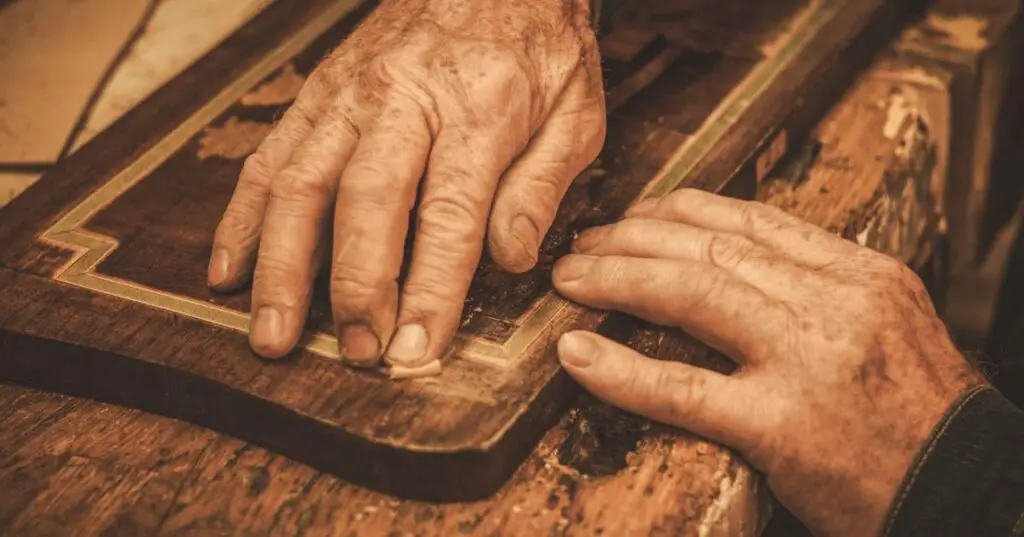
Matching historical accuracy with modern techniques
Matching historical accuracy with modern techniques is an important consideration in the antiques restoration process, especially for items with significant historical value. It involves finding a balance between preserving the historical authenticity of the antique and using modern techniques and materials to restore it to its original or near-original condition.
Here are a few tips for matching historical accuracy with modern techniques in the antiques restoration process:
- Research the history and background of the antique: Understanding the history and background of the antique can provide valuable context and help to inform the restoration process. This may involve consulting with experts, referring to historical documents or research, and considering the style and period of the antique.
- Use appropriate materials and techniques: Using materials and techniques that are appropriate for the specific type of antique and its period can help to preserve its historical authenticity. This may involve using traditional materials and techniques, or using modern materials and techniques that are designed to closely mimic the original materials and techniques.
- Consult with experts: If you are unsure of the best way to approach the restoration process for a historically significant antique, it may be helpful to consult with experts or a trusted restoration professional. They may have experience working with similar items and can offer guidance on the best course of action.
- Consider the value of the antique: It is also important to consider the value and significance of the antique when deciding on the restoration process. Depending on the value and historical importance of the item
Balancing preservation with functionality
In the antiques restoration process, it is important to balance the preservation of the antique with its functionality. This involves finding a balance between preserving the historical and cultural significance of the antique and ensuring that it is functional and can be used or displayed as intended.
One way to balance preservation with functionality is to use appropriate materials and techniques that are suitable for the specific type of antique and its intended use. For example, if the antique is a piece of furniture that will be used daily, it may be necessary to use more durable materials and techniques that can withstand regular use. On the other hand, if the antique is a decorative piece that will not be used frequently, it may be possible to prioritize historical accuracy over functionality.
Another consideration is the intended use of the antique. It is important to consider how the antique will be used or displayed, and to tailor the restoration process accordingly. For example, if the antique is a piece of artwork that will be displayed in a museum, it may be necessary to prioritize preservation over functionality.
Overall, balancing preservation with functionality requires careful consideration and a thoughtful approach to the restoration process. By taking the time to understand the history and background of the antique and its intended use, it is possible to successfully preserve and rejuvenate these unique treasures while also ensuring that they are functional and aesthetically pleasing.
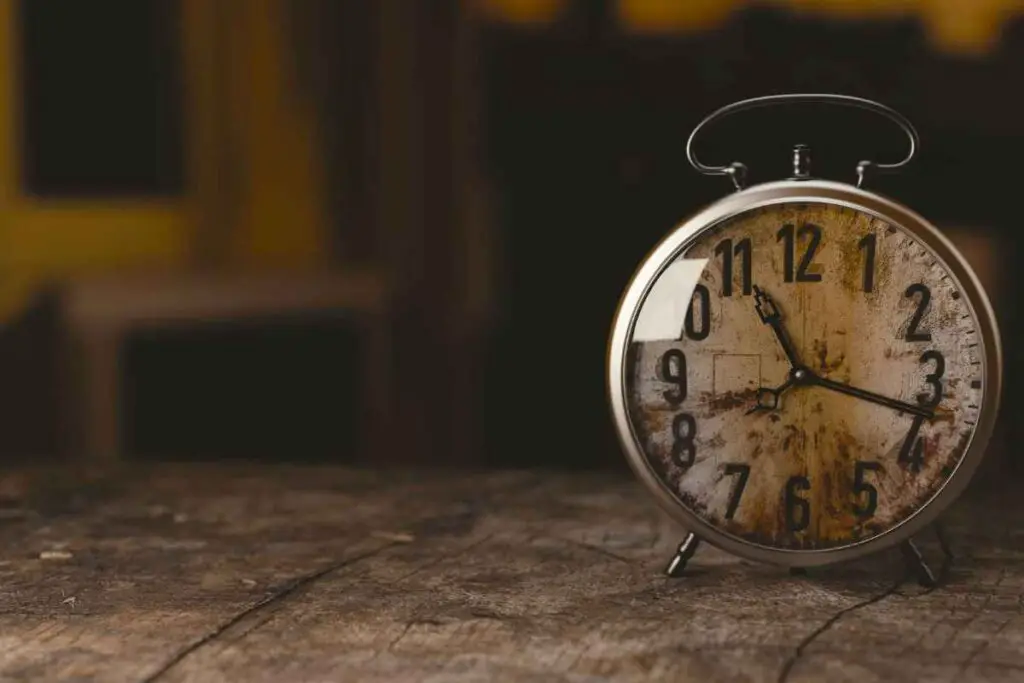
Antiques restoration as a career
Antiques restoration can be a rewarding and fulfilling career for individuals who have a passion for history, craftsmanship, and attention to detail. It involves repairing and rejuvenating old and antique objects to their original or near-original condition, and requires a blend of technical expertise, creativity, and an appreciation for the history and cultural significance of the antique.
Antiques restoration professionals may work in a variety of settings, including museums, galleries, private studios, or antique shops. They may specialize in a specific type of antique, such as furniture, ceramics, or art, or may have a more general focus.
To become an antiques restoration professional, it is often necessary to have specialized training in a specific area of restoration, such as woodworking, metalworking, or ceramic repair. Many antiques restoration professionals also have a background in art or design, which can be helpful in understanding the aesthetic and historical context of the antiques they work on.
Overall, antiques restoration can be a rewarding and fulfilling career for individuals who have a passion for preserving the beauty and craftsmanship of the past. It requires a combination of technical expertise and attention to detail, and the end result is a restored antique that is both functional and aesthetically pleasing
The skills and knowledge required to become an antiques restorer
To become an antiques restorer, it is necessary to have a range of skills and knowledge in order to successfully repair and rejuvenate old and antique objects to their original or near-original condition. Here are a few of the key skills and knowledge required to become an antiques restorer:
- Technical expertise: Antiques restoration often involves complex repairs and restoration work, such as woodworking, metalworking, or ceramic repair. It is important to have a strong foundation in these technical skills in order to successfully restore the antique to its original condition.
- Attention to detail: Antiques restoration requires a high level of attention to detail in order to ensure that the restoration work is of the highest quality. This may involve closely following plans and instructions, as well as being able to identify and fix any issues that arise during the restoration process.
- Artistic ability: Antiques restoration often involves restoring the aesthetic and decorative elements of an antique, such as its finish or ornamentation. Having a strong sense of aesthetics and artistic ability can be helpful in understanding the artistic and historical context of the antique and in creating a restoration plan that is both functional and aesthetically pleasing.
- Historical knowledge: To become an antiques restorer, it is important to have a strong understanding of the history and cultural significance of the antiques you work on. This may involve researching the history and background of the antique, consulting with experts, and considering the style and period of the antique.
Overall, becoming an antiques restorer requires a combination of technical expertise, attention to detail, artistic ability, and historical knowledge. By developing these skills and knowledge, it is possible to successfully repair and rejuvenate old and antique objects to their original or near-original condition.
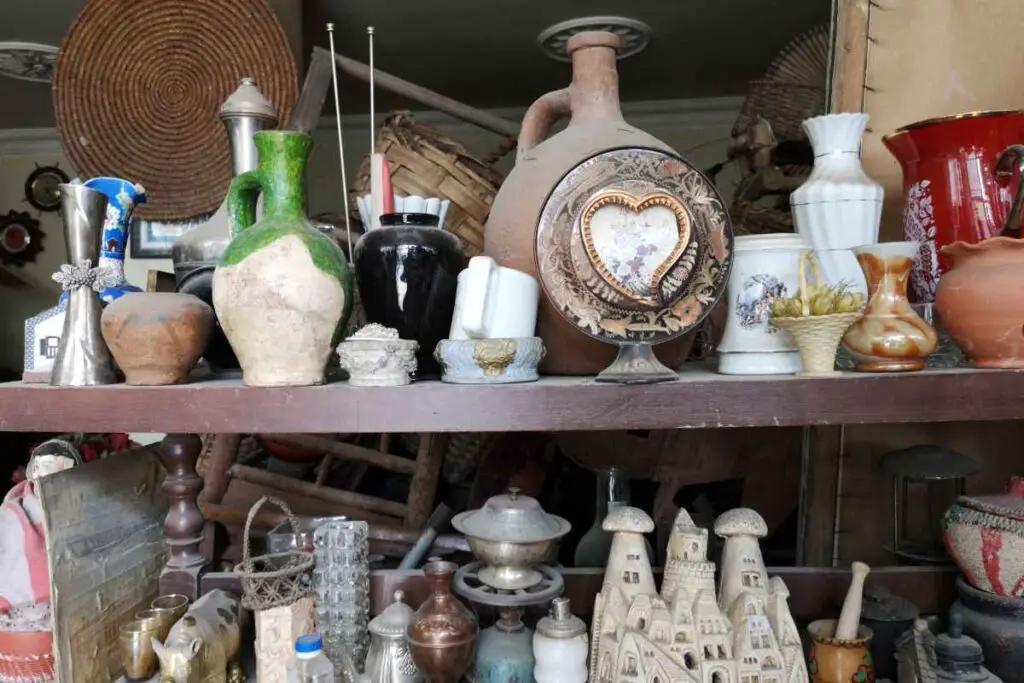
The demand for antiques restoration professionals
The demand for antiques restoration professionals can vary depending on a range of factors, including the local economy, the availability of antiques, and the level of interest in antiques and preservation.
In general, there is likely to be a steady demand for antiques restoration professionals, as antiques and vintage items continue to be collected and appreciated by a wide range of people. Antiques restoration professionals may work in a variety of settings, including museums, galleries, private studios, or antique shops, and may specialize in a specific type of antique, such as furniture, ceramics, or art.
The demand for antiques restoration professionals may be influenced by economic factors, such as the overall health of the local economy and the availability of funding for restoration projects. In addition, the demand for antiques restoration professionals may be affected by trends in the antiques market, as well as the level of interest in preservation and the cultural significance of antiques.
Overall, the demand for antiques restoration professionals is likely to be influenced by a range of factors, including economic conditions, the availability of antiques, and the level of interest in antiques and preservation
The rewards and challenges of a career in antiques restoration
A career in antiques restoration can be rewarding and fulfilling for individuals who have a passion for history, craftsmanship, and attention to detail. However, it can also come with its own set of challenges.
One of the main rewards of a career in antiques restoration is the opportunity to work with unique and historical objects, and to bring them back to their original or near-original condition. This can be a fulfilling and satisfying experience, as it involves preserving the beauty and craftsmanship of the past and ensuring that these items can be enjoyed by future generations.
Another reward of a career in antiques restoration is the opportunity to work with a wide range of materials and techniques, and to develop a range of skills and expertise. This can be a rewarding and challenging experience, as it involves staying up-to-date with the latest techniques and tools, and continuously learning and growing as a professional.
However, a career in antiques restoration can also come with its own set of challenges. One of the main challenges is the complexity of the restoration process, which can require specialized skills and techniques, as well as a high level of attention to detail. In addition, working with rare and fragile items can be challenging, as it requires extra care and caution to avoid damaging them.
Overall, a career in antiques restoration can be rewarding and fulfilling, but it also requires a range of skills and expertise, and can come with its own set of challenges. By approaching the restoration process with a passion for history and craftsmanship, and by staying up-to-date with the latest techniques and tools, it is possible to successfully preserve and rejuvenate these unique treasures.
Case studies
Case studies are detailed accounts of a specific situation, event, or problem, often used as a teaching tool or to demonstrate the application of a particular approach or method. Here are a few examples of case studies that might be relevant to the field of antiques restoration:
Examples of successful antiques restoration projects
There are many examples of successful antiques restoration projects that showcase the skill and expertise of restoration professionals. Here are a few examples of successful antiques restoration projects:
- The restoration of the Statue of Liberty: The Statue of Liberty is an iconic symbol of freedom and democracy, and its restoration was a major undertaking that required the expertise of a range of specialists. The restoration project included repairs to the statue’s copper skin, as well as the installation of new lighting and security systems.
- The conservation of the Mona Lisa: The Mona Lisa is one of the most famous paintings in the world, and its conservation has been a major project that has involved a range of experts and techniques. The conservation work has included repairs to the painting’s surface, as well as the installation of a climate-controlled environment to protect it from damage.
- The restoration of the Great Wall of China: The Great Wall of China is a World Heritage site and an important cultural and historical landmark. Its restoration has involved a range of efforts to repair and preserve the wall, including the use of traditional building techniques and materials.
Overall, these examples demonstrate the skill and expertise of antiques restoration professionals, and the importance of preserving and rejuvenating cultural and historical treasures for future generations.
The stories behind the antiques and the restoration process
The stories behind antiques and the restoration process can be fascinating and provide insight into the history and cultural significance of these unique items. Here are a few examples of the stories behind antiques and the restoration process:
- A vintage rocking chair that belonged to a beloved grandparent: This antique rocking chair may hold sentimental value for the owner, and the restoration process may involve repairing and refinishing the chair to bring it back to its original or near-original condition. The restoration process may also involve preserving any special details or personal touches that the grandparent added to the chair.
- A antique brass clock that was passed down through the generations: This antique brass clock may have a long and interesting history, and the restoration process may involve cleaning and repairing the clock to restore its functionality. The restoration process may also involve researching the history of the clock and preserving any historical details or markings that it may have.
- A antique quilt that was handmade by a great-grandmother: This antique quilt may have a special sentimental value for the owner, and the restoration process may involve repairing any tears or damage and cleaning the quilt to preserve its original appearance. The restoration process may also involve preserving any special details or patterns that the great-grandmother included in the quilt.

Overall, the stories behind antiques and the restoration process can be fascinating and provide insight into the history and cultural significance of these unique items. By preserving and rejuvenating these treasures, it is possible to keep the stories and memories associated with them alive for future generations
In conclusion, antiques restoration is a fascinating and rewarding process that involves repairing and rejuvenating old and antique objects to their original or near-original condition. It requires a blend of technical expertise, creativity, and an appreciation for the history and cultural significance of the antique.
The antiques restoration process can be complex and challenging, but the end result is a restored antique that is both functional and aesthetically pleasing. By preserving and rejuvenating these unique treasures, it is possible to keep the stories and memories associated with them alive for future generations.
Whether you are a collector, an antique dealer, or simply someone who loves the beauty and craftsmanship of the past, antiques restoration is a rewarding and fulfilling field that can bring a sense of satisfaction and pride. With the right skills and knowledge, it is possible to successfully preserve and rejuvenate these unique treasures, and to bring them back to their former glory.
If you are interested in Uncovering the Beauty of Some Antique Collectibles Read this blog
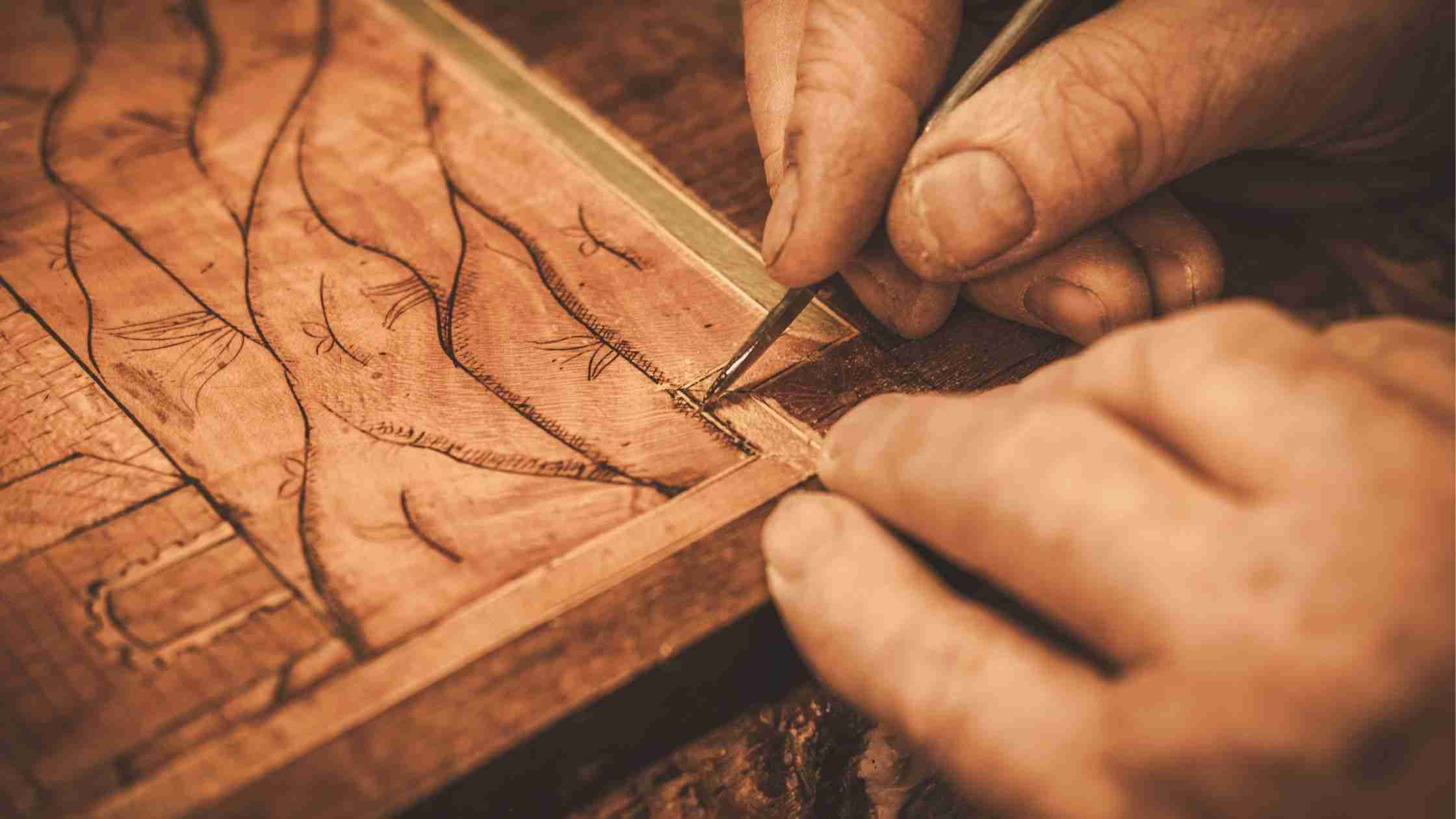
Leave a Reply